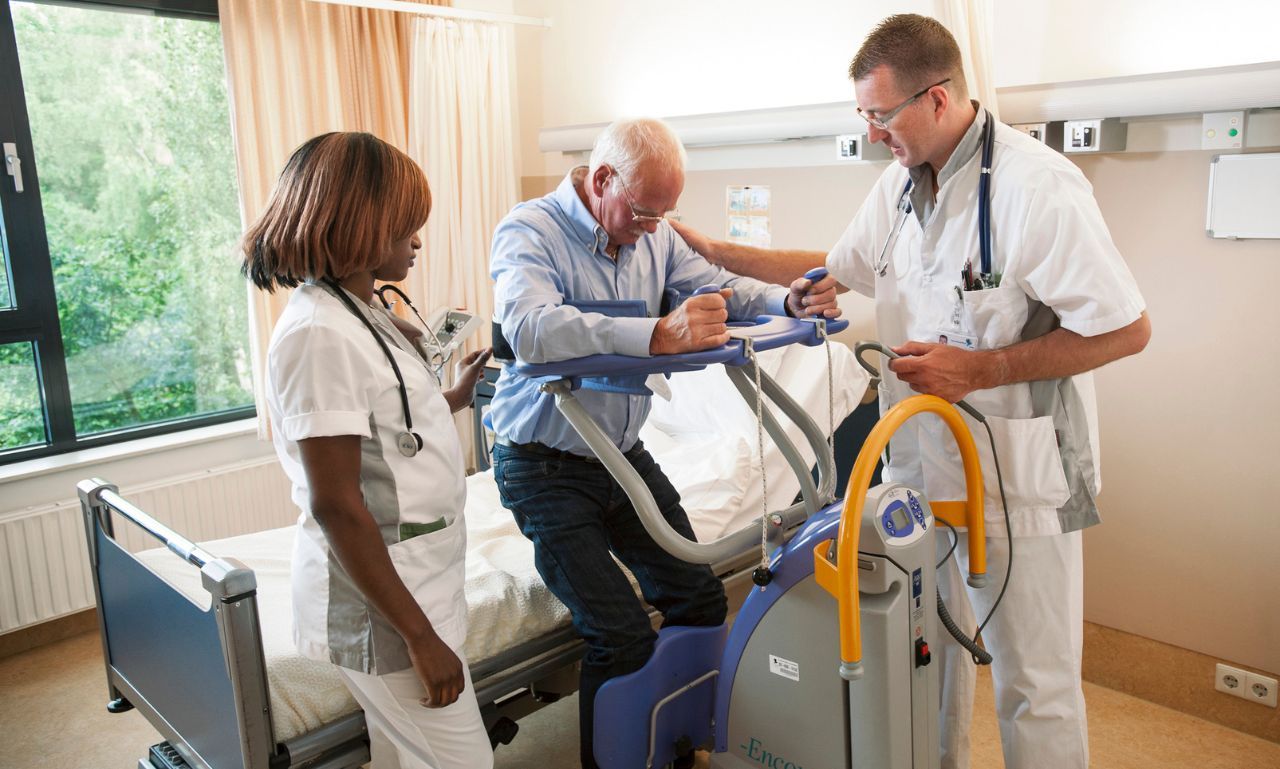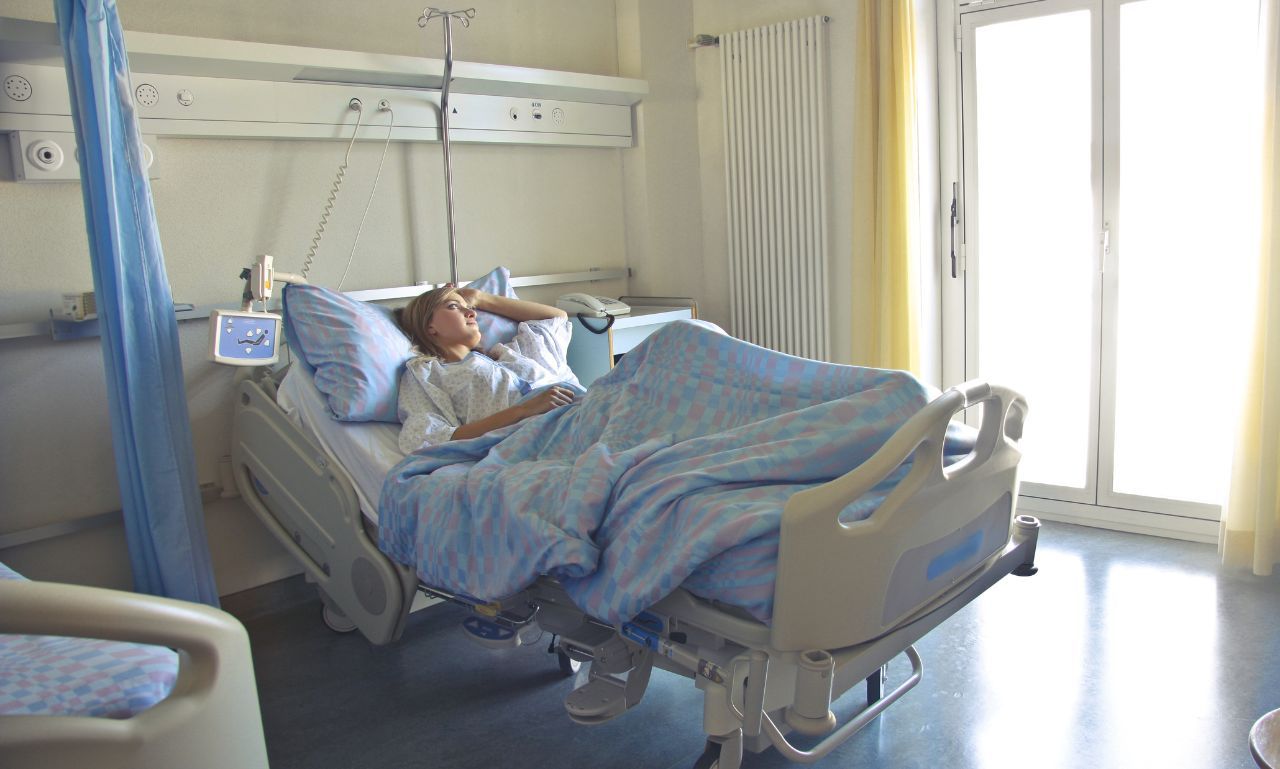The act of getting out of bed, often taken for granted by many, can be a daunting task for seniors and individuals with mobility issues. As we age, our physical capabilities naturally decline, making everyday activities more challenging. This is where assistive devices to get out of bed come into play. These tools are designed to enhance safety, independence, and confidence for those facing difficulties in bed mobility. In this comprehensive guide, we will delve into the various types of assistive devices available, their key features, and how to choose the right one for your needs.
The Challenge of Bed Exiting for Seniors
For seniors and individuals with limited mobility, transitioning from a lying down position to standing can be fraught with challenges. Reduced muscle strength, balance issues, and conditions such as arthritis or Parkinson's disease exacerbate these difficulties. The process of getting out of bed can pose significant risks, particularly the risk of falls, which can lead to severe injuries.
Risks of Bed Exits and Falls
Falls are a leading cause of injury among older adults. The consequences of a fall can range from minor bruises to serious fractures, particularly hip fractures, which can severely impact the quality of life. The fear of falling can also lead to a reduction in physical activity, further diminishing muscle strength and balance, creating a vicious cycle. Therefore, ensuring a safe and secure method for bed exits is crucial for the well-being of seniors.
Helpful Devices to Help the Elderly Get Out of Bed
Various assistive devices are designed to aid seniors in getting out of bed safely. These devices not only enhance safety but also promote independence, allowing individuals to manage their bed mobility with minimal assistance. Below, we explore several effective options:
Leg Lifters

Leg lifters are simple yet highly effective tools designed to help individuals lift their legs onto or off the bed. They typically consist of a long strap with a loop at the end. The user places their foot in the loop and uses the strap to maneuver their leg. This device is particularly beneficial for those with limited lower body strength or flexibility.
Overbed Tables
Overbed tables are versatile pieces of furniture that can significantly aid bed mobility. They are designed to fit over the bed and can be adjusted in height. Besides serving as a convenient surface for eating, reading, or using a laptop, overbed tables can provide support during the process of getting out of bed. By using the table as a steady support, individuals can shift their weight and gradually move to a standing position.
Bed Rope Ladders
A bed rope ladder is an innovative device that helps individuals sit up in bed. It consists of a series of handles or rungs attached to a rope, which is secured at the foot of the bed. The user pulls themselves up, rung by rung, to a sitting position. This device is particularly useful for those with upper body strength but limited lower body mobility.
Bed Rails
Bed rails are one of the most common assistive devices used to prevent falls and aid in bed mobility. They are installed along the sides of the bed and provide a sturdy handhold for individuals to grab onto when getting in and out of bed. Bed rails come in various lengths and heights, and some models are adjustable or foldable, offering flexibility based on the user’s needs.
Adjustable Beds
Adjustable beds offer a high level of customization and comfort. These beds can be adjusted to various positions using a remote control, allowing users to find the optimal angle for sitting up or lying down. By elevating the head or foot of the bed, individuals can reduce the physical effort required to get out of bed. Adjustable beds are particularly beneficial for individuals with chronic pain, respiratory issues, or circulatory problems.
Grab Bars
Grab bars are essential safety devices installed near the bed to provide support and stability. They are typically mounted on the wall or floor and can be used to steady oneself while transitioning from lying down to standing. Grab bars are available in various designs, including straight bars, angled bars, and floor-to-ceiling poles, offering multiple options to suit different needs.
Lifting Poles
Lifting poles, also known as transfer poles, are vertical poles installed between the floor and ceiling. They provide a secure handhold for individuals to use when getting in and out of bed. Many lifting poles come with adjustable handles, allowing users to find the most comfortable and effective grip. These poles are particularly useful for individuals with limited lower body strength, as they provide substantial support.
Bed Ladders
Similar to bed rope ladders, bed ladders consist of a series of rungs or handles that are secured to the bed frame. They allow users to pull themselves into a sitting position with minimal effort. Bed ladders are easy to install and can be adjusted to suit different bed heights and user needs.
Bed Wedges

These are foam or inflatable devices placed under the mattress or on the bed. They elevate specific parts of the body, such as the head or legs, to make getting in and out of bed easier. Bed wedges can also provide relief for individuals with certain medical conditions, such as acid reflux or back pain, by promoting a more comfortable sleeping position.
Key Features of Assistive Devices
When selecting an assistive device to get out of bed, it’s essential to consider certain key features that enhance functionality and ease of use. Here are some factors to consider:
- Adjustability: Devices with adjustable features can be tailored to the specific needs and preferences of the user. This includes adjustable heights, angles, and lengths.
- Durability: The materials used in the construction of the device should be sturdy and able to withstand regular use. High-quality materials ensure longevity and safety.
- Ease of Installation: Some devices require installation or setup. Opt for devices that are easy to install and do not require professional assistance.
- Portability: For individuals who travel frequently, portable devices that are easy to disassemble and transport are ideal.
- Comfort: Devices should be designed with user comfort in mind. This includes padded handles, ergonomic designs, and smooth surfaces.
- Compatibility: Ensure the device is compatible with the user’s bed and bedroom setup. Some devices are designed for specific bed types or room configurations.
How to Choose the Right Bedroom Aid for Your Needs
Choosing the right assistive device involves assessing individual needs, preferences, and the overall bedroom environment. Here are some steps to guide you:
- Assess Physical Needs: Consider the specific physical challenges faced by the user. For instance, individuals with limited upper body strength may benefit more from lifting poles or bed rails, while those with lower body limitations might find leg lifters more useful.
- Evaluate the Bedroom Setup: Examine the layout of the bedroom and the type of bed. Ensure that the chosen device is compatible with the available space and bed design.
- Consult Healthcare Professionals: Seek advice from healthcare providers such as occupational therapists or physiotherapists. They can provide personalized recommendations based on the user’s medical condition and physical capabilities.
- Test Before Purchase: If possible, test the device before making a purchase. Many medical supply stores allow customers to try out devices to ensure they meet their needs.
- Read Reviews: Research and read reviews from other users who have similar needs. Their experiences can provide valuable insights into the device’s effectiveness and reliability.
- Consider Future Needs: Think about potential future changes in mobility or health conditions. Choosing a versatile and adjustable device can accommodate evolving needs.
Conclusion
Assistive devices to get out of bed play a crucial role in enhancing the safety, independence, and quality of life for seniors and individuals with mobility challenges. By understanding the various options available and their key features, individuals can make informed decisions to select the most suitable device for their needs. Whether it’s through the use of adjustable beds, bed rails, or lifting poles, these devices offer practical solutions to the everyday challenge of getting out of bed.




